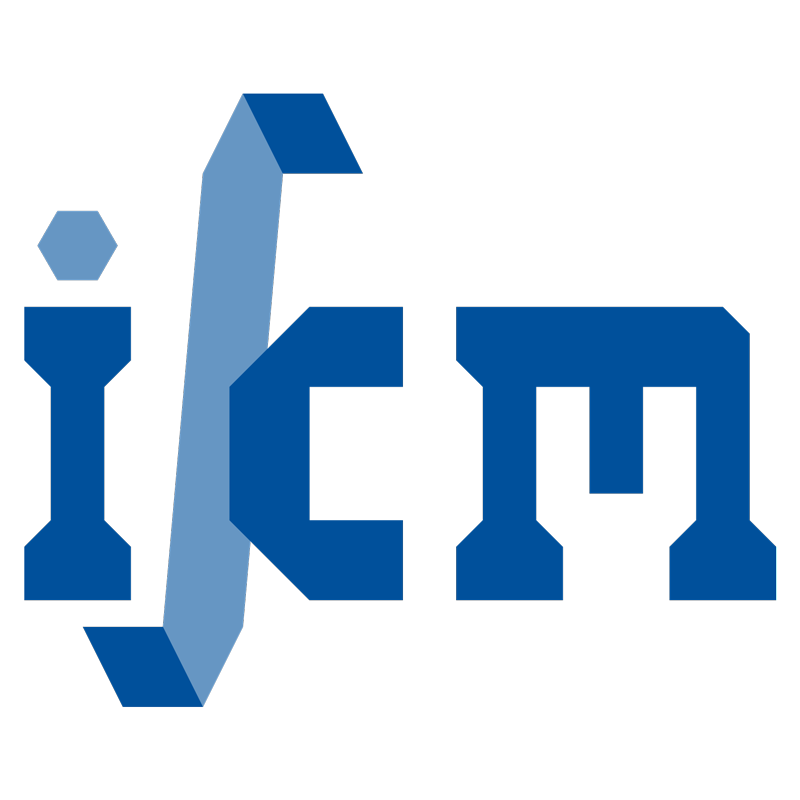Meshfree modelling of metal cutting using phenomenological and data-driven material models
- verfasst von
- Dengpeng Huang
- betreut von
- Peter Wriggers
- Abstract
Numerical modelling of chip formation is important for a better understanding thus for improvement of the high speed metal cutting process. The objective of this work is to develop a meshfree numerical simulation framework for the chip formation process, where both the phenomenological material model and the data-driven material model can be applied. Firstly, the phenomenological model is applied to capture the serrated chip formation, where a recently developed Galerkin type meshfree scheme, the stabilized Optimal Transportation Meshfree (OTM) method, is applied as a numerical solution method. This enables the modelling of material separation and serrated morphology generation of the cutting process in a more realistic and convenient way. The shear band formation is described by the thermal softening term in the Johnson-Cook plastic flow stress model. Using this model, it can be demonstrated that thermal softening is the main cause of the shear band formation. Additionally, it can be seen that the Johnson-Cook fracture model shows limitations in capturing the fracture on the chip upper surface. Thus, a supplementary condition for the stress triaxiality is applied. This condition allows more accurate measurements of the chip size, i.e. chip spacing, peak and valley. These improvements are demonstrated by comparing the calculated chip morphology, cutting force and chip formation process with experimental results. Subsequently, the data-driven material model is developed to replace the classical material model, where the Machine Learning (ML) based model is first trained offline to fit an observed material behaviour and later be used in online applications. However, learning and predicting history dependent material models such as plasticity is still challenging. In this work, a ML based material modelling framework is proposed for both elasticity and plasticity, in which the ML based hyperelasticity model is directly developed with the Feed forward Neural Network (FNN), whereas the ML based plasticity model is developed by using two approaches including Recurrent Neural Network (RNN) and a novel method called Proper Orthogonal Decomposition Feed forward Neural Network (PODFNN). In the latter case, the accumulated absolute strain is proposed to distinguish the loading history. Additionally, the strain-stress sequence data for the plasticity model is collected from different loading paths based on the concept of sequence for plasticity. By means of the POD, the multi-dimensional stress sequence is decoupled as independent one dimensional coefficient sequences. To apply the ML based material model in finite element analysis, the tangent matrix is derived by the automatic symbolic differentiation tool AceGen. The effectiveness and generalisation of the presented models are investigated by a series of numerical examples using both 2D and 3D finite element analysis. Finally, the ML based material model is applied to the metal cutting simulation.
- Organisationseinheit(en)
-
Institut für Kontinuumsmechanik
- Typ
- Dissertation
- Anzahl der Seiten
- 129
- Publikationsdatum
- 2020
- Publikationsstatus
- Veröffentlicht
- Elektronische Version(en)
-
https://doi.org/10.15488/10815 (Zugang:
Offen)


